
5 Trends Charging the Battery Market
“Bendy” or “flexible” batteries are another possible solution to the small battery challenge. Made from zinc, a metal far more readily accessible than lithium, these batteries can be shrunk, bent, and twisted to fit into all kinds of tiny devices. Alameda-based Imprint Energy is working on a solid-state flexible zinc battery, known as ZinCore, which measures just one millimeter wide.
These small micro and flexible batteries are also important for medical devices, such as implantable sensors and drug delivery systems, where compact size and reliability are key. Beyond wearables, other consumer electronics like earbuds, smart glasses, and compact remote controls can leverage these advancements in battery technology. The Internet of Things (IoT) ecosystem, which is made up of many interconnected devices, also requires small and efficient batteries to power sensors and other components.
3. A Rise in Alternatives to Lithium-Ion Batteries
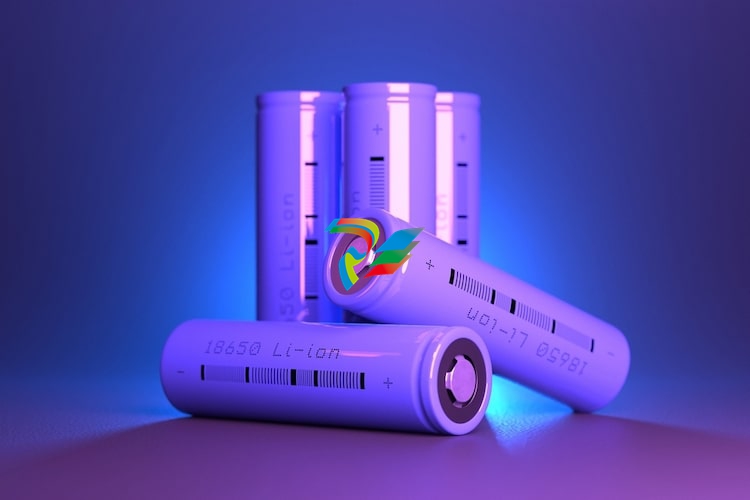
The global market size for lithium-ion batteries is projected to reach $193.13 billion by 2028, but the lithium-ion battery supply chain is plagued with challenges. Lithium-ion battery components, including lithium itself, graphite, cobalt, and copper, are in short supply. China boasts 65% of the world’s lithium processing capacity, and the rapid rise of electric vehicles could see a worrying shortage of raw materials as soon as 2027. This further contributes to the increased demand for alternative battery technologies.
As a result of these ongoing issues, numerous battery alternatives are currently in development, ranging from aqueous magnesium batteries, solid-state batteries, sodium-based batteries, and graphene batteries. The future of solid-state batteries looks particularly promising, with the market size expected to reach $294.1 million by 2027.
As well as addressing supply chain shortages, these batteries may offer a more sustainable and ethical alternative to lithium-ion battery production. Extracting core raw materials like lithium and cobalt requires huge amounts of energy and water and working conditions in the mines are often unsafe.
For example, as much as 70% of the world’s cobalt supply comes from the Democratic Republic of the Congo, where an ever-growing demand for the material has spurred the launch of thousands of mining businesses, in which unsafe working conditions are possible.
Let’s take a closer look at some of these promising battery alternatives:
Aqueous Magnesium Batteries
Aqueous magnesium batteries use water-based electrolytes and magnesium as the anode and offer several advantages over lithium-ion batteries, including that it’s more abundant and less environmentally damaging to extract than lithium. The use of aqueous electrolytes also reduces the risk of fire and explosion compared to traditional lithium-ion batteries.
Solid-State Batteries
Solid-state batteries replace the liquid or gel electrolyte found in conventional batteries with a solid electrolyte. This technology offers several benefits including the potential to store more energy due to their higher energy density, non-flammable make-up for extra safety, and longer life thanks to reduced degradation.
Sodium-Based Batteries
Instead of lithium, sodium-ion batteries use sodium which is more readily available and less expensive. More of these batteries will reduce concerns over supply shortages, and they could be cheaper to produce due to the lower cost of raw materials.
Graphene Batteries
Incorporating graphene, these batteries have a single layer of carbon atoms arranged in a lattice, which offers high electrical conductivity for faster charging times, high durability, and potentially longer lifespans.
4. A Spotlight on Battery Recycling
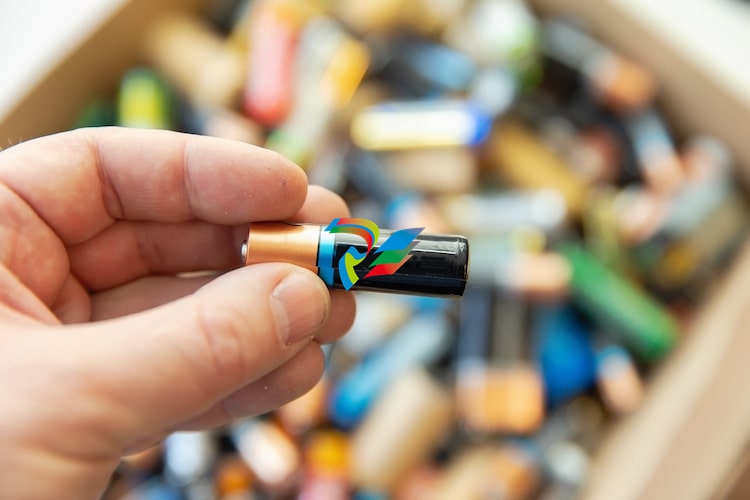
When used to their full capacity, rechargeable batteries can positively impact the environment—the longer they are in use, the longer they are kept out of landfills. Each year, approximately three billion batteries end up in a landfill, a figure that could be drastically reduced if rechargeable batteries became the norm.
Some nations have chosen to impose mandates. In the EU, for example, 45% of used batteries must be collected for recycling, and the union is considering legislation that would require 6% of all new lithium batteries made in the EU to be from recycled material by 2030, increasing to 10% by 2035.
In September 2022, the U.S. passed the Strategic EV Management Act, which seeks to maximize the reuse and recycling of end-of-life EV batteries in federal fleet vehicles. If approved by the House of Representatives, federal agencies will be required to work with the United States Environmental Protection Agency (EPA), manufacturers, and recyclers to develop a strategic plan for reusing and recycling EV batteries.
In addition, the U.S. Department of Energy hopes to allocate $335 million in funding within the infrastructure law for lithium-ion battery recycling. Concerns over raw materials shortages are driving private investments in battery recycling.
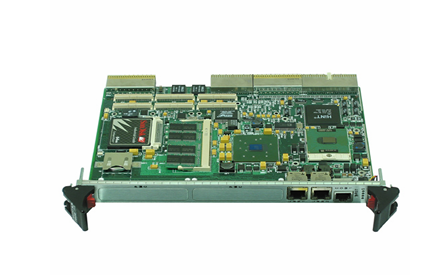



.jpg)
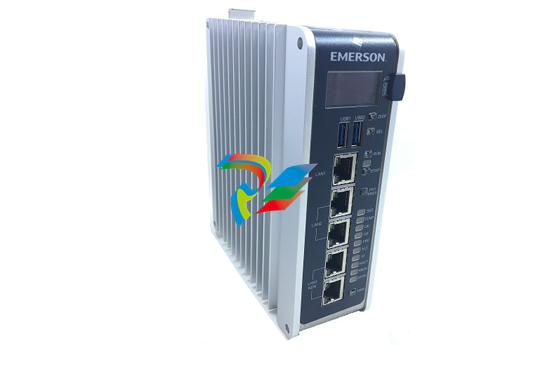

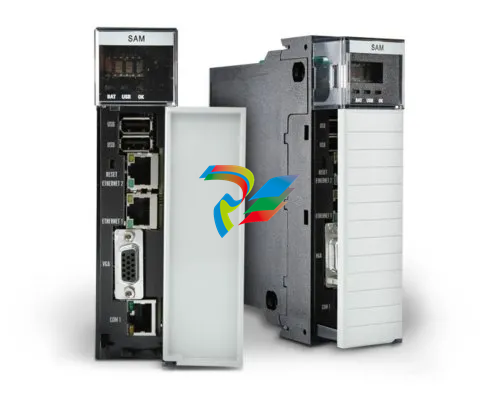
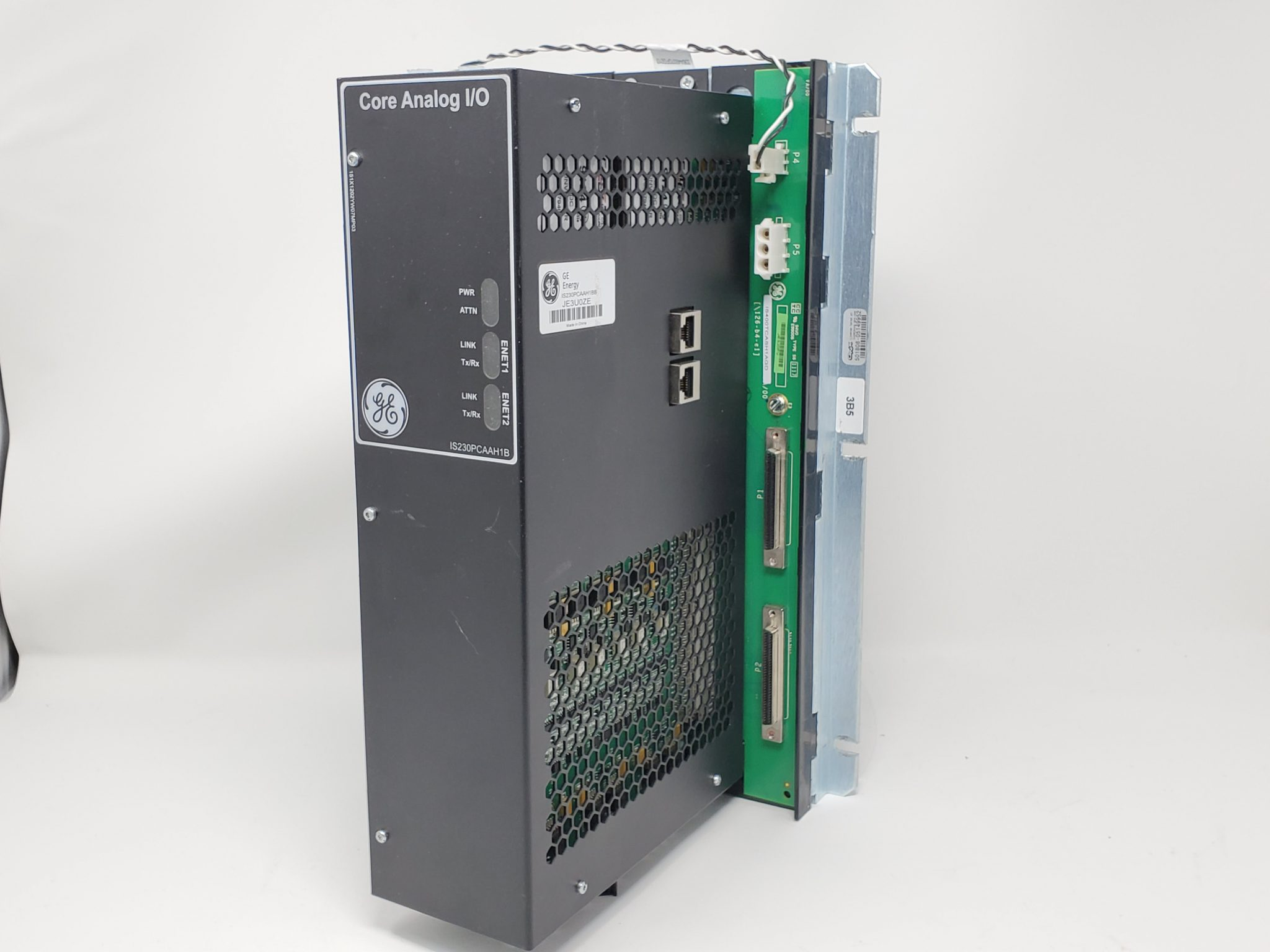































































.jpg)
.jpg)





.jpg)



.png)
.jpg)

.jpg)
_lVjBYb.jpg)

.jpg)
.jpg)



.jpg)
.jpg)







.jpg)

.jpg)
.jpg)








